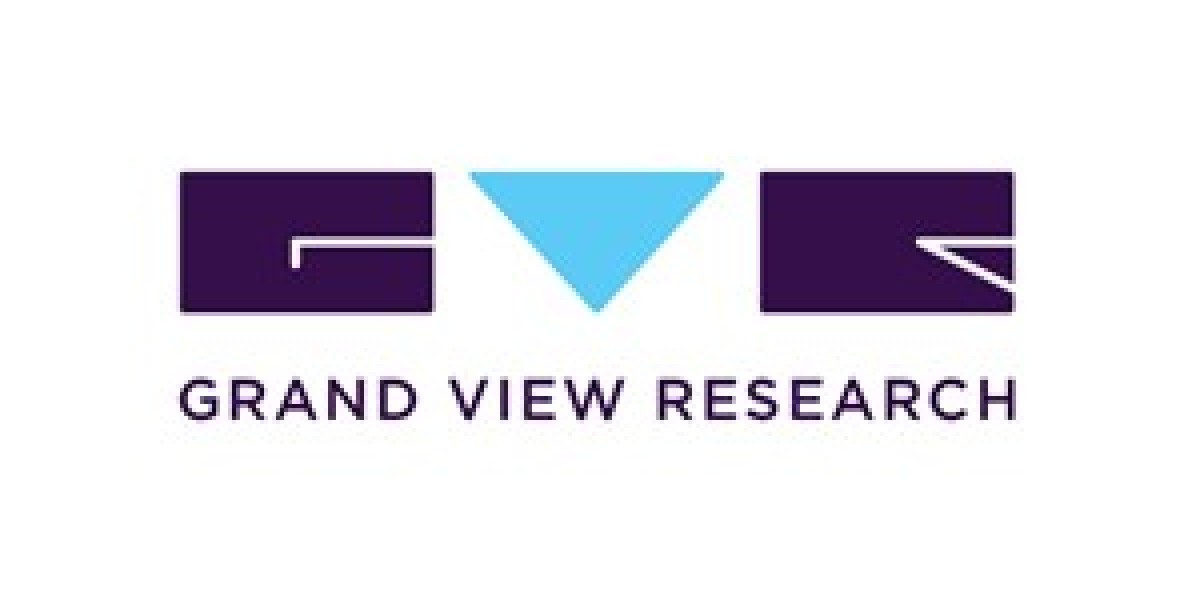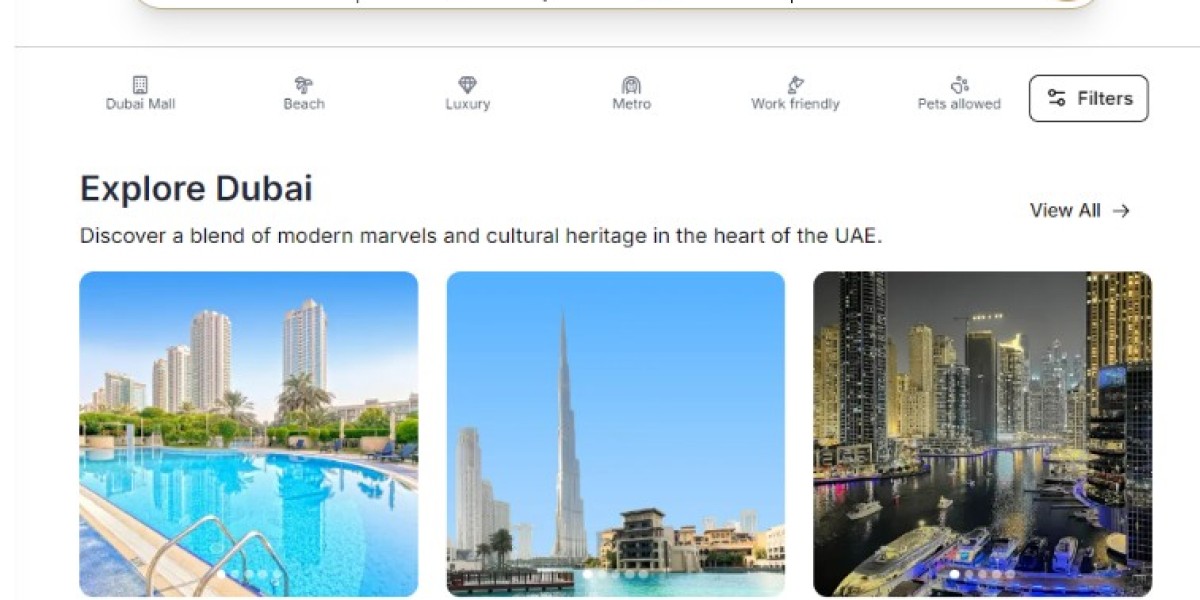Natural Gas Procurement Intelligence
In this Natural Gas procurement intelligence report, we have estimated the key cost components associated with the commodity’s production. The key cost components are extraction and equipment, facilities and storage, transportation and distribution, labor, and overheads. Other costs are depreciation, insurance, tax, etc. Methane is the largest compound in natural gas predominantly, followed by other compounds in smaller amounts such as nitrogen, helium, water vapor, CO2, butane, and alkanes. The majority of extractions occur in reserves located near solid or liquid hydrocarbon beds, such as coal or crude oil deposits. Fluctuations in prices of crude oil and coal can have a major impact on the cost of production and thereby the resulting market prices.
As per EIA January 2024 estimates, prices for Brent crude oil are expected to be around USD 82 per barrel in 2024. There is going to be a slight decline in oil prices as a result of ample supply in 2024. On 26 February 2024, Brent crude oil reached USD 81.72 per barrel compared to USD 77.5 for WTI oil according to Statista reports. At the end of February 2024, global crude oil prices are on a decreasing trend amid continued demand concerns. This was mainly due to geopolitical tensions in West Asia and a strike on a Russian export terminal. The incident in January 2024 also forced the Russian company, Novatek to suspend its operations at the Baltic Sea.
For natural gas, EIA projects that in 2024, the Henry Hub natural gas spot price will remain at elevated levels compared to 2023. The natural gas production growth (domestic supply) exceeded the growth in commodity demand (which included both exports and domestic consumption) in 2022 and 2023. In 2024, however, the situation is anticipated to reverse with demand outpacing supply. The demand will increase by 2.3 billion cubic feet per day and supply will likely remain sluggish. Gas prices are at much lower levels in 2024 than in 2022. In January 2024, Platts' benchmark JKM price for delivery into Northeast Asia reached around USD 9.54/MMBtu.
Order your copy of the Natural Gas category procurement intelligence report 2024-2030, published by Grand View Research, to get more details regarding day one, quick wins, portfolio analysis, key negotiation strategies of key suppliers, and low-cost/best-cost sourcing analysis
Operational Capabilities - Natural Gas
- Years in Service - 22%
- Geographical Service Provision - 20%
- Industries Served - 18%
- Employee Strength - 13%
- Revenue Generated - 13%
- Certifications - 8%
- Clientele - 6%
Functional Capabilities - Natural Gas
- Total Production - 30%
- Type (Dry Natural Or Liquefied Natural Gas) - 20%
- Quality Or Grade - 18%
- Distribution And Transportation Options - 18%
- Others - 14%
Rate Benchmarking
The geographical location, supply chain complexities, transportation and labor, and scale of business play a vital factor in analyzing the rate benchmarking of the Natural Gas industry. The cost of transportation and labor vary across developed and developing countries. In 2022 road freight transportation rates increased by 13% in the European region. However, in 2023 road freight rates decreased in Q3 and Q4 2023 on account of slowing economic conditions throughout the region. In the fourth quarter of 2023, the “European Road Freight Spot Rate Benchmark Index” reached 123.8. It is expected that freight rates will remain low in 2024 due to low demand. However, the introduction of new tolls on top of the already high-cost base will increase rates in H1 2024. As a result, contract rates are likely to remain stable and the growth of spot rates is expected to slow down. In the U.S., on the other hand, the freight rates in 2023 averaged around USD 1.80 to 2.50 per mile. Factors such as rising inflation and fuel rates have further pushed up road freight rates in Q4 2023.
Similarly, in terms of labor, refinery managers in oil and gas industries from India earn around USD 20,000 - 35,000 annually. In the U.S., the average annual pay for the same positions is between USD 80,000 - 10,0000 each year. In developed countries, employees generally earn significantly higher salaries when compared to their counterparts in developing countries. The income gap between the two is typically four to six times higher, which can have a considerable impact on the costs of production or operations for companies.
Supplier Newsletter
In February 2024, a purchase and sale contract was signed between TotalEnergies and Singapore-based Sembcorp Fuels. As part of the agreement, the former will be responsible for supplying 0.8 million tons of LNG each year for a period of 16 years to Sembcorp. The deal is slated to begin in 2027.
In November 2023, Sinopec and Qatar Energy joined forces to sign an integrated cooperation contract for the “North Field South” project. The contract is a 27-year-long LNG agreement (sale and purchase) and a collaboration deal. The latter would supply 3 million tons of LNG each year to Sinopec. Additionally, Sinopec will receive a 5% interest in their JV company from Qatar Energy as part of the NFS project.
In October 2023, BP announced a major expansion of its LNG (“Tangguh”) facility in, Indonesia. This enlarged Tangguh complex is estimated to account for more than one-third of Indonesian gas production. With this expansion, the total capacity is boosted to 11.4 million tons per year.
In August 2023, Chevron announced a strategic collaboration with Cummins by signing a memorandum of understanding agreement. Under the terms of the agreement, the two companies will intensify their earlier strategic collaborations on the production of hydrogen and renewable natural gas. The deal will also include liquid renewable fuels such as biodiesel, renewable biodiesel and gas mixtures. This cooperation aims to boost commercial and industrial usage throughout the North American region.
List of Key Suppliers
- PJSC Gazprom
- China National Petroleum Corporation (CNPC)
- China Petroleum & Chemical Corporation, (or Sinopec)
- ExxonMobil Corporation
- BP p.l.c.
- Chevron Corporation
- Shell plc
- TotalEnergies SE
- Saudi Arabian Oil Group (or, Aramco)
- Eni S.p.A.
- PJSC Rosneft Oil Company
- Petróleo Brasileiro S.A
- Equinor ASA
- ConocoPhillips Company
Browse through Grand View Research’s collection of procurement intelligence studies:
- Disposable Medical Gloves Procurement Intelligence Report, 2023 - 2030 (Revenue Forecast, Supplier Ranking & Matrix, Emerging Technologies, Pricing Models, Cost Structure, Engagement & Operating Model, Competitive Landscape)
- Loyalty Programs Procurement Intelligence Report, 2023 - 2030 (Revenue Forecast, Supplier Ranking & Matrix, Emerging Technologies, Pricing Models, Cost Structure, Engagement & Operating Model, Competitive Landscape)
- Helium Procurement Intelligence Report, 2023 - 2030 (Revenue Forecast, Supplier Ranking & Matrix, Emerging Technologies, Pricing Models, Cost Structure, Engagement & Operating Model, Competitive Landscape)
Natural Gas Procurement Intelligence Report Scope
- Natural Gas Category Growth Rate : CAGR of 5.5% from 2024 to 2030
- Pricing Growth Outlook : 12% - 18% (Annually)
- Pricing Models : Contract-based, spot-price, and volume-based
- Supplier Selection Scope : Cost and pricing, past engagements, productivity, geographical presence
- Supplier Selection Criteria : Production capacity, type of gas (dry or LNG), quality and grade of product, distribution and transportation options, technical specifications, and other operational and functional capabilities
- Report Coverage : Revenue forecast, supplier ranking, supplier positioning matrix, emerging technology, pricing models, cost structure, competitive landscape, growth factors, trends, engagement, and operating model
Brief about Pipeline by Grand View Research:
A smart and effective supply chain is essential for growth in any organization. Pipeline division at Grand View Research provides detailed insights on every aspect of supply chain, which helps in efficient procurement decisions.
Our services include (not limited to):
- Market Intelligence involving – market size and forecast, growth factors, and driving trends
- Price and Cost Intelligence – pricing models adopted for the category, total cost of ownerships
- Supplier Intelligence – rich insight on supplier landscape, and identifies suppliers who are dominating, emerging, lounging, and specializing
- Sourcing / Procurement Intelligence – best practices followed in the industry, identifying standard KPIs and SLAs, peer analysis, negotiation strategies to be utilized with the suppliers, and best suited countries for sourcing to minimize supply chain disruptions



